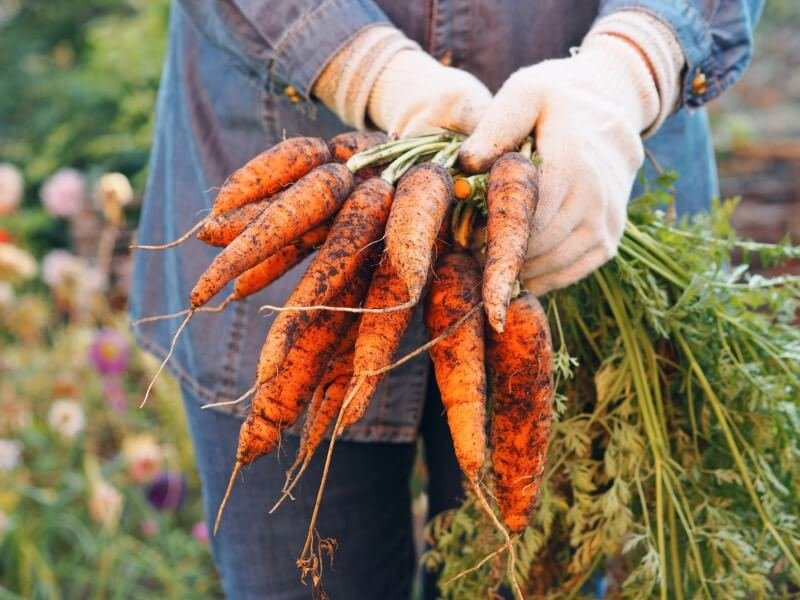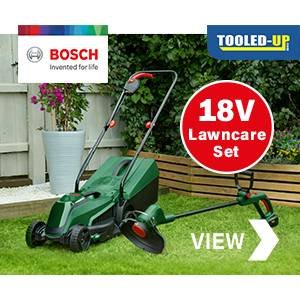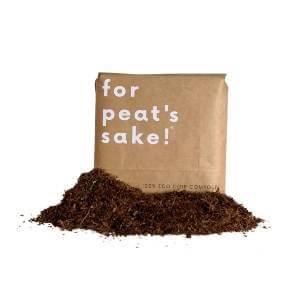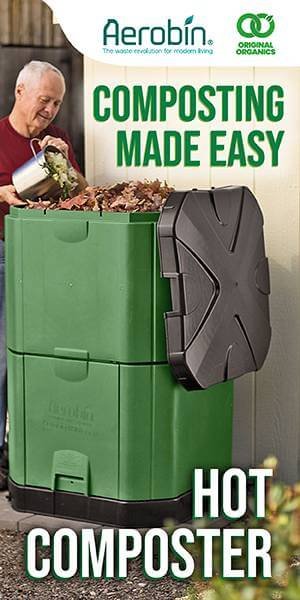How to grow carrots… This is one of the most commonly asked questions when keen gardeners are looking to grow their own vegetables. As well as being an overall great vegetable for a roast dinner or a healthy homemade smoothly they are also a perfect all-year-round crop that is easy to grow.
Whether you’re a beginner or an experienced gardener, these tips on how to grow carrots will help you get a bountiful carrot harvest.
If you are just getting started with growing Carrots, always consider crop rotation from season to season. For more details, please Click Here
Popular Varieties of Carrots to Grow in the UK!
Carrots are available in different varieties, from the common orange carrot to the more unusual purple and white varieties. Some popular varieties include:
- Nantes:– Nantes is a popular variety of carrots known for their sweetness and crispness. These carrots are cylindrical and smooth with a blunt end, growing about 6 -7 inches long and have a deep orange colour. It’s a good idea to start with Nantes carrots if you’re a beginner, as they are one of the easiest varieties to grow.
- Imperator:– Imperators are usually found in supermarkets as they are the most popular type of carrot grown commercially. They have a long, slender shape and a slightly sweeter taste than other carrots. These are thicker than Danvers with higher sugar content, making them ideal for fresh eating. Imperators can be tricky to grow, as they grow in deep, loose soil and need a lot of space.
- Danvers:- Danvers carrots are a popular heirloom variety that has been around since the 1800s. These carrots are medium-sized, growing about 6 -7 inches long and have a tapered shape. Danvers are deep orange and have a sweet yet earthy flavour. Compared to imperator carrots, they’re easier to grow in heavy and shallow soils.
- Chantenay:- Chantenay carrots are short, conical roots that are slightly tapered and blunt at the end. These carrots are best to plant in heavy and rocky soils and grow about 6 – 7 inches long. It’s best to harvest these carrots when young, as they can become woody and tough if left to mature for too long.
- Mini:- As the name suggests, miniature carrots are much smaller than regular carrots, growing only 2 – 3 inches long. These radish-style carrots are ideal for growing in containers and are perfect for those who want to grow carrots without taking up too much space. Some examples of small varieties are Romeo, Babette, and Paris Market. Each of these has different colours, shapes, and sizes.
- Other Popular Varieties:- Bangor – Maincrop and Early Nantes – Reliable Early
Where can I buy Carrot Seeds?
We have compiled a list below of dedicated online retailers where you will be able to purchase your carrot seeds at an affordable price.
Cherry Lane Garden Centre – Click Here

How to Grow Carrots at home in 5 Easy Steps!
Growing carrots is easy and only takes a little time and space. By following these easy steps to grow carrots, you’ll be harvesting your homegrown carrots in no time.
Step One: Prepare your Garden Bed
Choose a sunny spot in your garden that has well-drained soil. The best soil to grow carrots in is sandy loam soil high in organic matter. They need sandy soil to grow properly, so it’s a good idea to add some organic matter to your soil before planting.
If you add organic matter, we advise you to break up the soil using a fork so the earth is a crumbly texture. If the ground is compacted, this may cause the roots to divide. You can do this by adding compost or well-rotted manure.
A raised bed or container is also a good option for growing carrots.
Step Two: Sow the Carrot Seeds
Carrot seeds are tiny, so it’s best to sow them in a seed-starting mix or directly into your garden bed.
To plant the seeds, simply scatter them in several short rows in the soil and lightly rake them in.
Sowing them in several shorter rows rather than one long row will help protect the carrots from carrot fly with a barrier structure.
Then, water the area gently. Make sure to sow the seeds thinly in rows, about 1/4 inch apart.
Step Three: Protect the Carrot Seedlings
After planting the seeds, it’s essential to protect them from pests and birds.
To do this, you can cover the area with a floating row cover or piece of cheesecloth.
To keep pests away, you can also plant pest repellant plants, such as marigolds, near your carrot crop.
Step Four: Thin the Carrot Seedlings
Once the seedlings have sprouted, you’ll need to thin them out so they have enough room to grow.
Thin them to about 3-4 inches apart, and be sure to pull up the weakest seedlings.
You can compost them or use them in salads.
Step Five: Harvest the Carrots
Your carrots will be ready to harvest in about 50 – 75 days.
To check if they’re ready, simply pull one out of the ground and give it a try.
If it’s still small, replant it and check again in a few days. Once ready, simply pull them out of the ground and enjoy.
Typically the roots should slide out easily when the soil is moist. You can pull them out by hand or with a hand fork to help ease the carrot roots.
When storing your carrots, we advise placing them in a trough or bucket filled with sand.
Simply bury the carrots in the sand and leave them in a cool dark place such as a garage or pantry.

Carrot Pests and Diseases To Know About
Carrots are relatively easy to grow, but some pests and diseases can affect them. Some of the most common include:
Alternaria Leaf Blight
Alternaria leaf blight is a disease that causes brown or black spots on the leaves of carrot plants. The spots are usually circular and have a yellow halo around them. If left untreated, it can kill the plant.
How to prevent Leaf Blight?
You can prevent Alternaria leaf blight by:
- Avoiding overhead watering
- Planting disease-resistant varieties
- Removing infected leaves
Black Rot
Black rot is a disease that causes damping-off of seedlings, blackening of the root, and black rot of the stem. This disease is most commonly found in humid or wet conditions.
How to prevent Black Rot?
You can prevent black rot by:
- Crop rotation can help prevent the disease from getting a foothold in the soil.
- Used pathogen-free seeds
- Plough residue deep into the soil after harvest.
- Seeds must be treated with hot water before sowing.
Downy Mildew
Downy mildew is a disease that causes yellow spots on the leaves and white fluffy mould on the undersides of the leaves.
How to prevent Downy Mildew?
You can prevent downy mildew by:
- Use seeds that are resistant to the disease
- Avoid crowding plants
Aphids
Aphids are small, pear-shaped insects that suck the sap from plants. Aphids can cause stunted growth, yellowing, and curling of leaves.
How to prevent Aphids?
You can prevent aphids by:
- Reflective mulch will deter aphids from laying eggs near your carrot plants.
- Plant marigolds which is a natural insecticide that will kill aphids.
- Spraying the plants with water from a hose to knock the aphids off.
- Use insecticidal soap or neem oil.
Carrot Rust Fly
The carrot rust fly is a small black fly that lays its eggs at the base of carrot plants. The larvae of the carrot rust fly feed on the plant’s roots, which can cause the plant to become stunted.
How to prevent Carrot Rust Fly?
You can prevent carrot rust fly by:
- Covering the plants with a floating row cover
- Using yellow sticky traps
- Planting trap crops
- Harvesting carrots regularly to prevent the larvae from getting a foothold.
Flea Beetle
The flea beetle is a small black beetle that feeds on the leaves of plants. Flea beetles can cause extensive damage to carrot plants, especially seedlings. It forms tiny, round holes in the leaves of carrot plants.
How to prevent Flea Beetle?
You can prevent flea beetles by:
- Use floating row covers to keep the beetles from getting to the plants.
- Use insecticide to kill adult beetles.
- Use mulch to prevent the beetles from getting to the plants.

Top Tips for Growing Carrots in the UK
If you want your carrots to be extra sweet and nutritious, here are some tips to follow:
Check for spacing
Carrots need to be planted about ½ an inch deep and 2 inches apart. If you are planting in rows, ensure they are one to two feet apart.
Don’t forget to water!
Well-established Carrots: When the carrots are well established, watering isn’t essential for carrots during average seasonal temperatures.
During dry periods: Make sure to water them regularly, especially during dry periods.
Growing Carrots in Pots: If you grow carrots in pots, ensure that you water them regularly.
Fertilise
Carrots need a lot of nutrients to grow, so fertilising them is important. You can use a fertiliser high in nitrogen.
Provide adequate sunlight
Sunlight is essential for carrot growth as well. Make sure the plant gets at least six hours of sunlight a day.

The Carrot Calendar - Sowing, Transplanting and Harvesting...
Begin with sowing outdoors in milder areas directly into the ground. If you want a continuous supply of baby carrots:
- Sow carrot seeds in a short row and do this regularly through the Spring and summer.
- Use a seed drill, and drill a 1.5cm – 2.5cm hole.
- Drill another hole in the row, giving it 15cm apart.
- Cover the drill with dry soil. If growing carrots in containers, fill the container with good quality weed-free compost and lightly scatter the seeds.
- Cover the seeds with 1.5-2cm of compost.
If the Soil is heavy, begin to sow outdoors. If the weather is wet and cold, the seed may fail, so be prepared to re-sow your carrot seed.
Begin to sow maincrop Carrot seeds. When the seedlings of your early varieties are large enough to transplant, pull the seedlings out gently and plant, leaving roughly 2-3cm spaces. Doing this in the evening may help prevent attracting carrot fly.
You can begin to start pulling baby carrots.
To ensure a continuing supply of baby carrots, keep sowing carrot seeds in short rows and pull before they get too big. Alternatively, instead of pulling them as baby carrots, leave them in the ground and harvest them in the autumn as the main crop carrots. Thin out your main crop of carrots giving 5 – 10cm spacing between.
If carrot fly and slugs have attacked your carrots, begin to harvest your maincrop of carrots.
If your greenhouse has a border, this is ideal for an early crop. Sow once tomatoes have finished cropping and again in the Spring.
FAQs - Growing Carrots
Q. Is it easy to grow carrots?
Yes, carrots are relatively easy to grow. They don’t require a lot of space and can be grown in most climates. You can grow them in pots or on the ground.
– – – – – – – –
Q. How long should carrots take to grow?
Carrots usually take about two to three months to grow. However, this can vary depending on the type of carrot and the growing conditions. Most carrots will be ready to harvest when they are about four inches long.
– – – – – – – –
Q. What should I grow next to carrots?
Usually, carrots can be easily grown next to other vegetables like beans, peas, onion, rosemary, and tomatoes. However, checking each plant’s spacing requirements is important to ensure they have enough room to grow.
The Final Word
Now that you know how to grow carrots, it’s time to get started! Carrots are a great addition to any garden and can be used in many recipes. With care and attention, you can grow healthy and delicious carrots that your family will love.




































